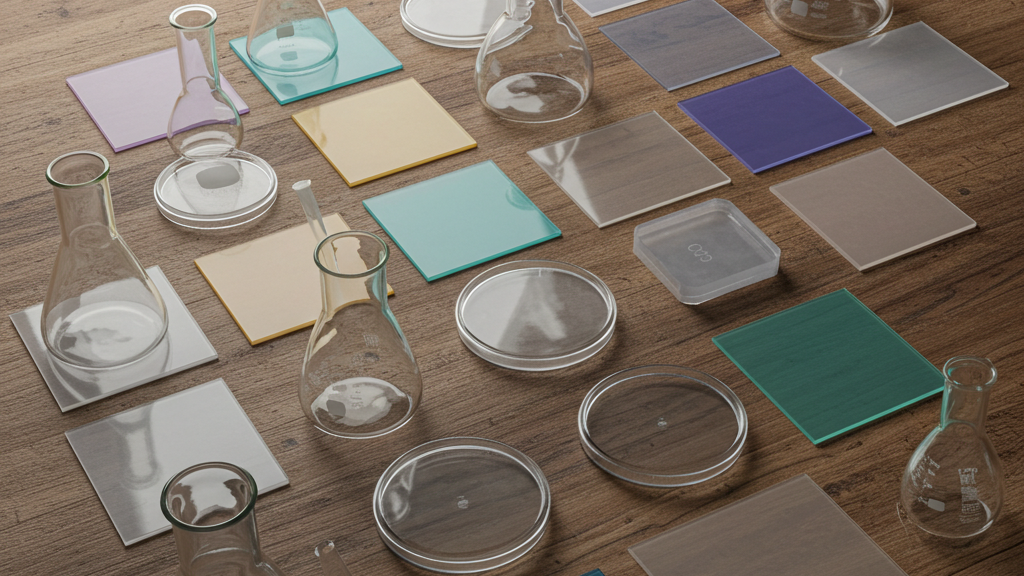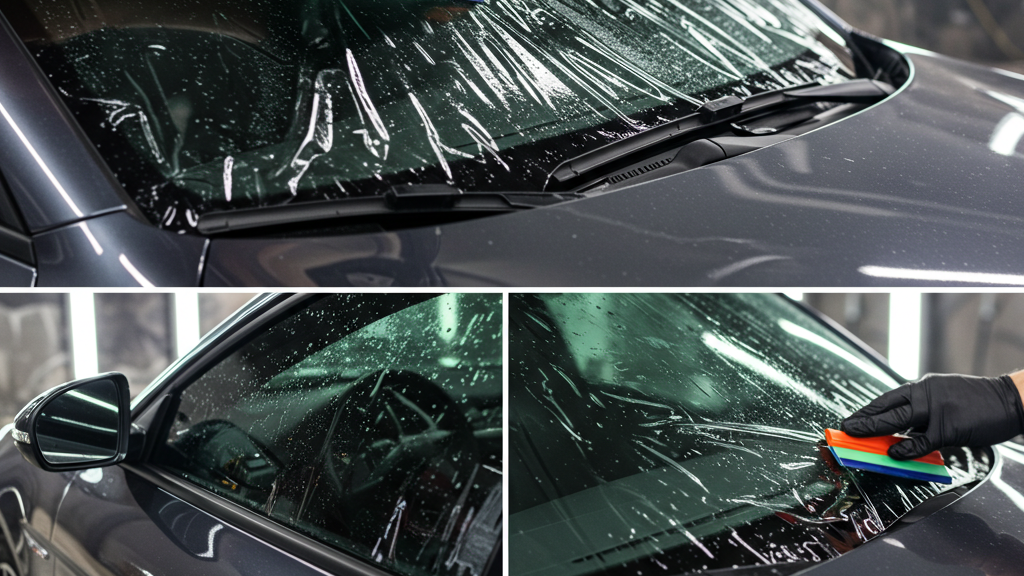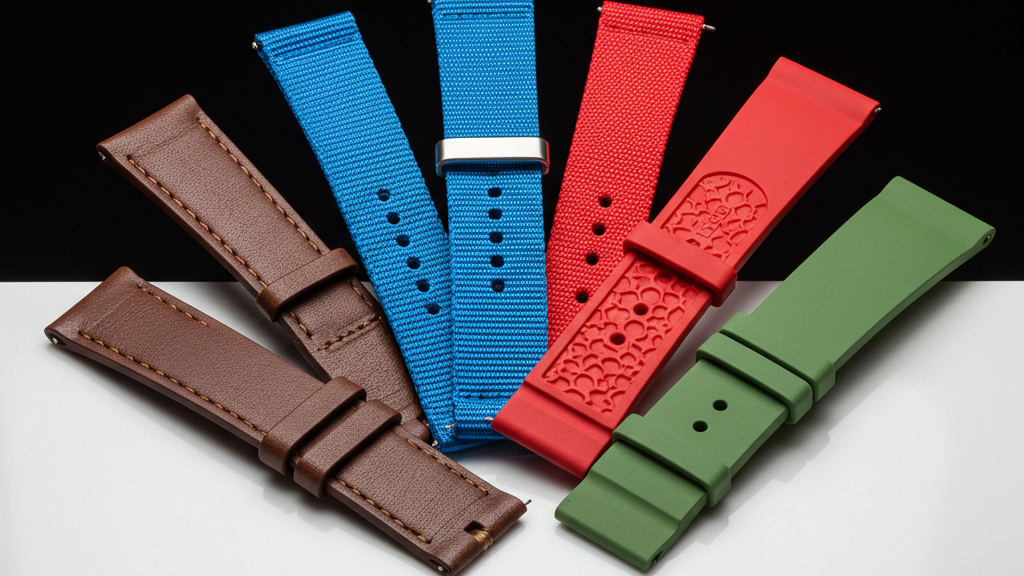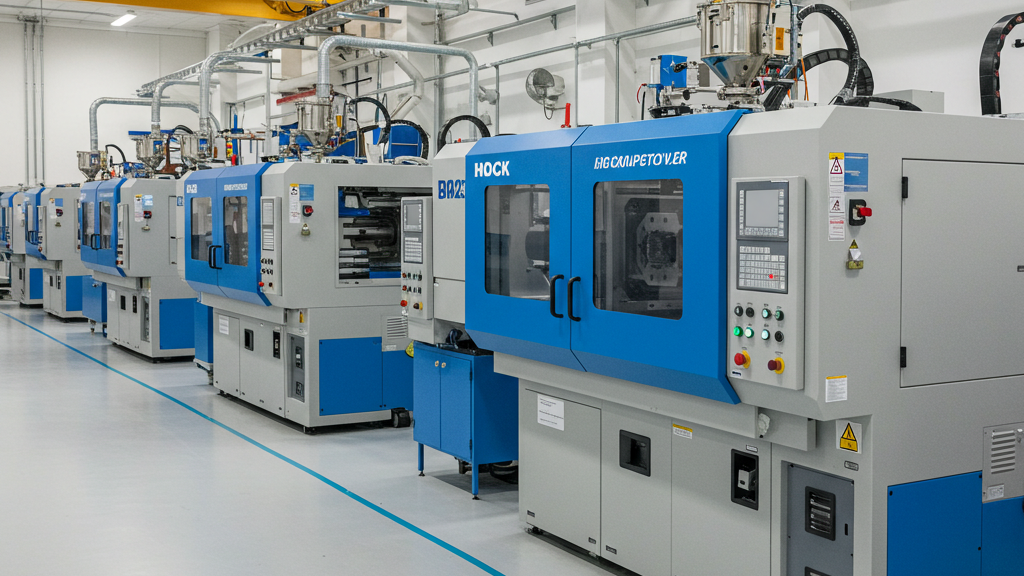
PC/TPU injection molding materials combine the hardness of PC and the flexibility of TPU, and are widely used. The basic features are understood, as well as the specific application scenarios. Different products have different requirements for material properties.
The selection of materials is a headache. Next, we will analyze the material selection considerations of PC/TPU in typical fields. Mastering these will help you choose the right materials.
What are the performance requirements for PC/TPU materials in application scenarios?

PC/TPU materials excel in a variety of applications due to their combination of the hardness of polycarbonate (PC) and the flexibility of thermoplastic polyurethane (TPU). However, there are also significant differences in the performance requirements of materials for different application scenarios.
- Electronic enclosures: Electronic enclosures need to be impact-resistant, abrasion-resistant, aesthetically pleasing, and thermally dissipating.
- Automotive parts: Automotive parts must have excellent weather resistance, chemical resistance, high strength, and temperature resistance.
- Medical devices: The key to medical devices is biocompatibility, sterilization resistance, and flexibility to adapt to different devices.
- Consumer goods: Consumer goods need to be aesthetically pleasing, durable, impact-resistant, and meet individual consumer needs for color and finish.
How to choose the right product material?

Selecting the right PC/TPU material requires a comprehensive consideration of factors such as product application scenarios, performance requirements, cost-effectiveness, and processability. By having a good understanding of the properties of the material and the field of application, it is possible to ensure that the most suitable product material is selected.
- Clarify the application scenarios and performance requirements of the product: determine the use environment, function and appearance of the product, and select materials in a targeted manner.
- Evaluate the performance characteristics of PC/TPU materials: Evaluate the key properties of the materials such as hardness, temperature resistance, chemical resistance, impact resistance, and appearance according to product requirements.
- Reference application field material selection experience: Draw on material selection experience in different application areas to quickly find the right material range.
- Consider cost-effectiveness: On the premise of satisfying performance, balance material cost, processing cost and service life to achieve economic benefits.
How does the performance of PC/TPU injection molding materials affect the product and production?

The performance of PC/TPU injection molding materials is critical to product quality and production efficiency. Choosing the right material and optimizing the injection molding process can ensure excellent product performance and efficient production.
- Material flowability: Material fluidity affects appearance and production, and materials can ensure a smooth surface of the product and shorten the molding cycle.
- Material hardness and flexibility: The right hardness/flexibility balance is key to meeting specific functional needs and improving production yield.
- Material temperature and chemical resistance: Temperature and chemical resistance ensure stable performance of products in the environment, prolonging equipment and mold life.
- Shrinkage of materials: Precise control of shrinkage of materials is an important factor to ensure product dimensional accuracy and reduce production costs.
Comparison table of performance requirements of injection molding materials
|
Performance Metrics |
Electronic Product Housings |
Automotive Components |
Medical Devices |
Consumer Goods |
| Hardness | Protects internal components, scratch resistance | Ensures structural integrity, impact resistance | Adapts to different device needs, such as catheters | Durable, meets various product housing needs |
| Flexibility | Ensures overall housing strength, slight cushioning | Absorbs vibration, reduces component damage | Flexible, adapts to human movement | Comfortable feel, bend resistance |
| Temperature Resistance | Heat dissipation, prevents deformation | Adapts to high temperatures inside vehicles | Resistant to sterilization, prevents high-temperature deformation | Adapts to daily temperature changes |
| Impact Resistance | Protects delicate internal components | Absorbs impact energy, protects passengers | Prevents device breakage, ensures safe use | Drop resistance, extends product lifespan |
Balance the performance and price of PC/TPU materials
By identifying performance requirements, selecting the right material grade and supplier, optimizing product design and processing processes, and considering the long-term cost-effectiveness of materials, the best economic benefits can be achieved while meeting product demand.
1.Avoid over-design: Define performance indicators based on the actual needs of the product to avoid unnecessary performance waste, thereby reducing costs.
2.Optimize products and processes: Optimize product design and processing technology, improve production efficiency, reduce material waste, and reduce production costs.
3.Long-term cost-effectiveness of materials: Choose materials that are durable and easy to recycle to reduce long-term maintenance costs and environmental burdens.
conclusion
The selection of PC/TPU injection molding materials is not only the choice of materials, but also a comprehensive consideration of product design, production and cost control. On the basis of in-depth understanding of material properties and application requirements, we can achieve a win-win situation of product performance and economic benefits.
For expert assistance in implementing for your production needs, visit our resource center or contact us. Let’s help you scale up your manufacturing with precision and efficiency!
Post time: Mar-18-2025
